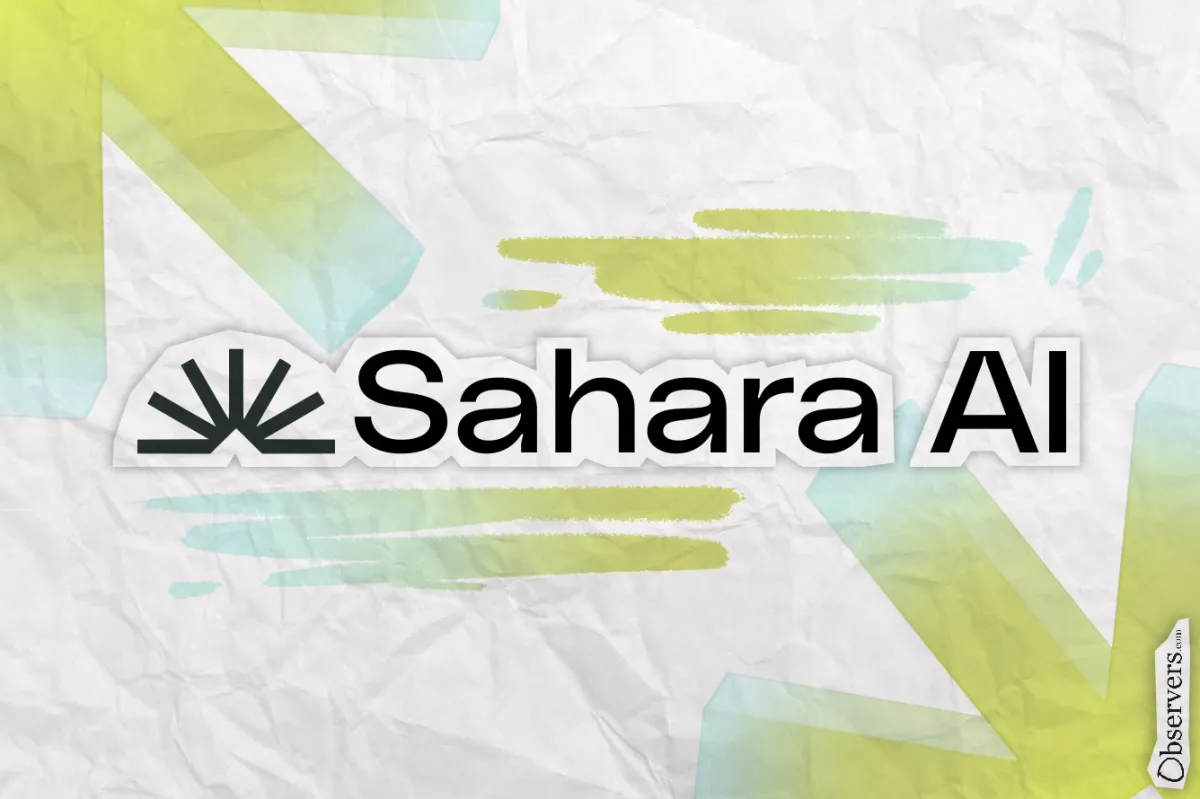
The idea of merging AI and crypto has sounded like a killer use case since the innovation boom of 2016. Early on, most of the focus was on how artificial intelligence could enhance crypto—detecting fraud, optimizing trades, and automating decisions. But recently, the trend has started to shift. More and more, crypto-native tools like tokenization, decentralized infrastructure, and smart contracts are being applied to the development of AI models themselves—opening up new ways to fund, build, and govern intelligent systems from the ground up.
Sahara AI recently closed its community round, drawing strong interest from crypto investors. The team raised over $74 million in committed interest, ending the round with a 777% oversubscription. More than 30,000 people from 118 countries went through KYC and contributed, showing there is strong demand for what the project is building.
Besides Sahara, there are other projects that started earlier, such as SingularityNET, which pioneered decentralized AI marketplaces, and Ocean Protocol, which focused on tokenizing and monetizing data for AI training. But Sahara AI stands out. It is aiming to reshape how AI gets built by making the entire process open, modular, and something anyone can actually take part in.
Sahara breaks the AI supply chain into separate parts—raw datasets, training, fine-tuning, and model upgrades. Each piece can be turned into a digital asset. If you contribute something meaningful, you own it and can earn from it. That applies whether you are training a full model or just labeling data someone else will use later.
This model introduces what they call “on-chain AI assets.” It is a new category. These assets cover not just the big-ticket items like full AI models, but also improvements: more accurate data, better architectures, new training techniques. Anything that pushes the system forward can be minted on-chain, tracked, and exchanged.
To bring all this to life, Sahara has built a few core products. One of them is the Data Services Platform. It is designed to let anyone—technical or not—contribute to AI. The tasks can be anything: label a batch of images, review a few snippets of text, or screen-record how you use Microsoft Word. These microtasks add up, and they feed into the training of actual AI models. At the same time, developers and companies can use the platform to collect exactly the kind of data they need.
For builders, there is also the AI Developer Platform. It is a full environment for training and testing models and agents. The idea is to let developers do serious AI work without needing to leave the ecosystem.
There is also a marketplace. It is where people can buy, sell, or license models, datasets, and other AI resources. If you have built something useful—or improved someone else’s model—you can put it up for sale. Everything is tracked, owned, asset registration, ownership, and payments. The off-chain layer handles execution—when agents actually run, respond to users, pull data, or complete a task. The blockchain itself is a custom Layer 1 built with the Cosmos SDK, and it is fully EVM-compatible.
To keep the off-chain part honest, Sahara relies on Trusted Execution Environment (TEE). It verifies what agents are doing and produces cryptographic proofs of their behavior. Those proofs are then written to the blockchain. It is a way of saying: “Here is exactly what happened, and here is proof you can trust.”
What is interesting is how the whole ecosystem fits together. It is not just tools or infrastructure—it is a framework for building AI in a way that rewards contribution. Whether you are labeling images, launching a model, or improving one that already exists, there is a path for you to take part.
Sahara is currently live on public testnet, giving developers an early opportunity to explore and experiment with its tools. According to the team, more than 35 enterprise clients are already onboard. With momentum building, the mainnet launch is expected later this year.
While Sahara AI’s approach introduces an exciting new economic layer to AI development, the effectiveness of crypto-based incentives in this context deserves scrutiny. Tokenizing each step of the AI pipeline—data, training, fine-tuning—sounds elegant in theory, but coordinating meaningful contributions across such a fragmented process is extremely complex.
Microtask contributors may earn tokens for labeling data, but ensuring quality, consistency, and domain relevance without centralized oversight is notoriously difficult. Similarly, rewarding developers for model improvements assumes transparent and provable performance gains, which are often subjective or environment-dependent.
Moreover, the sustainability of such incentives is tied to token value and speculation. While Sahara’s oversubscribed round signals strong market interest, it also reflects typical crypto investor behavior—chasing early access and upside rather than long-term participation in AI research. Unless the value of on-chain AI assets is anchored in real-world utility and sustained demand from buyers, the token economy risks becoming decoupled from meaningful technical progress.

